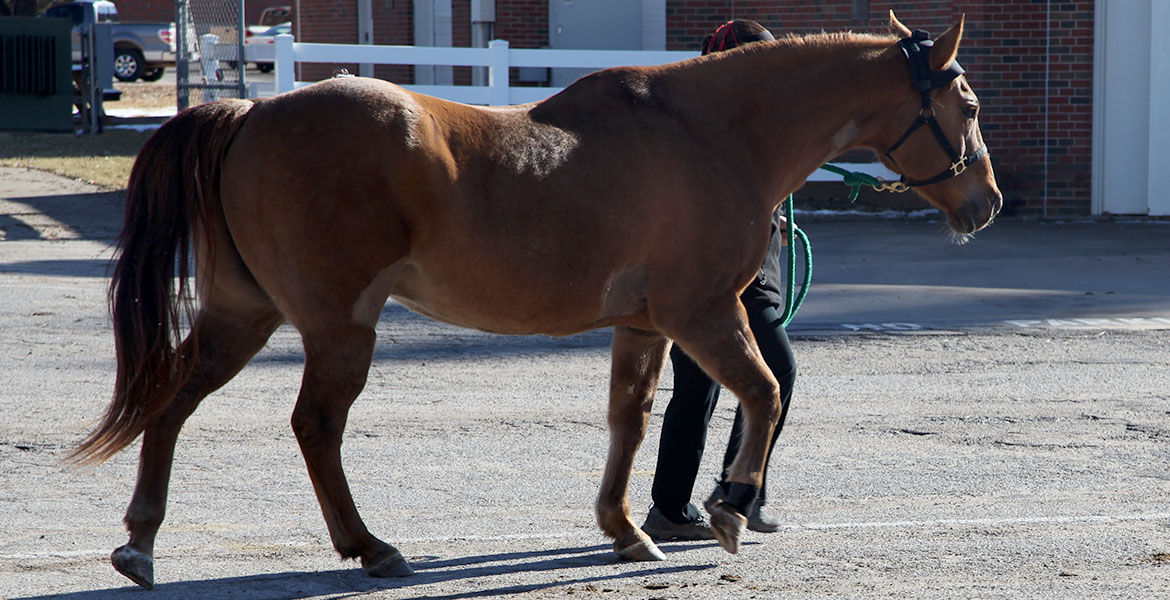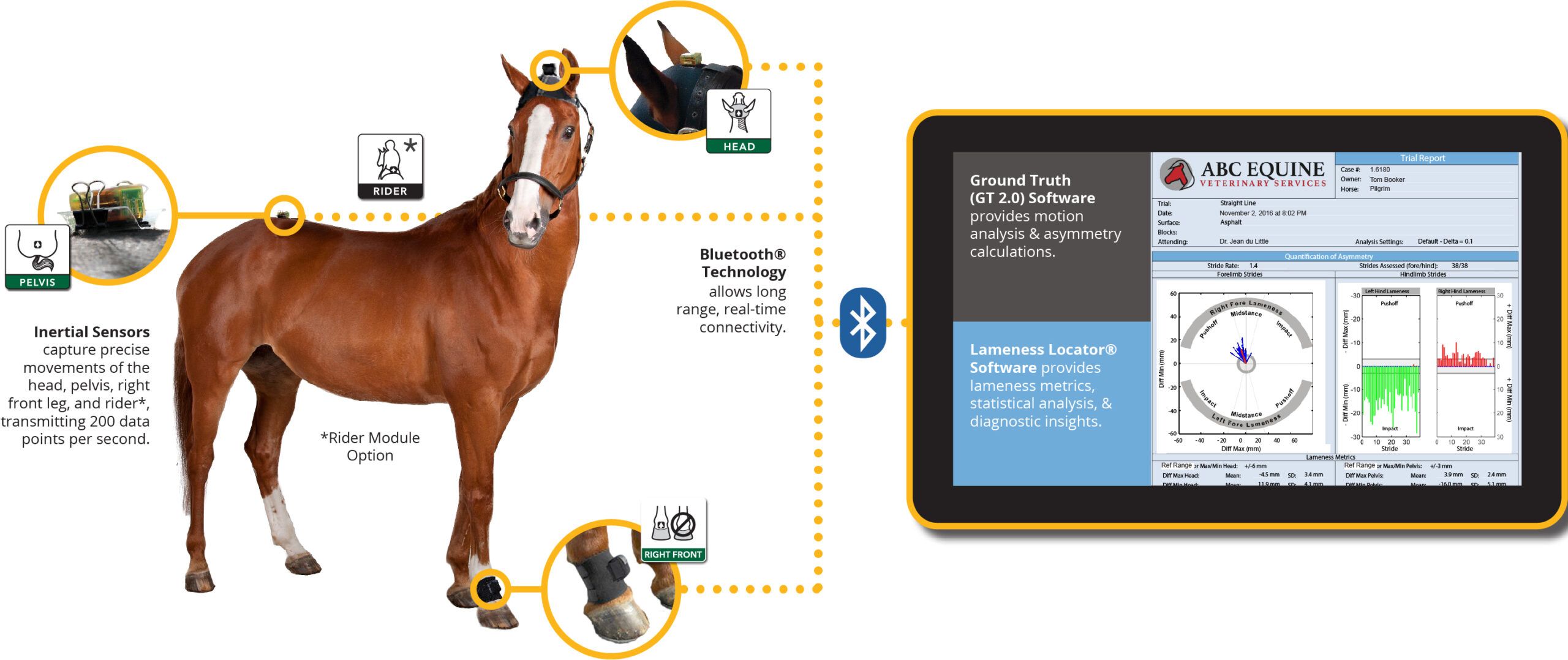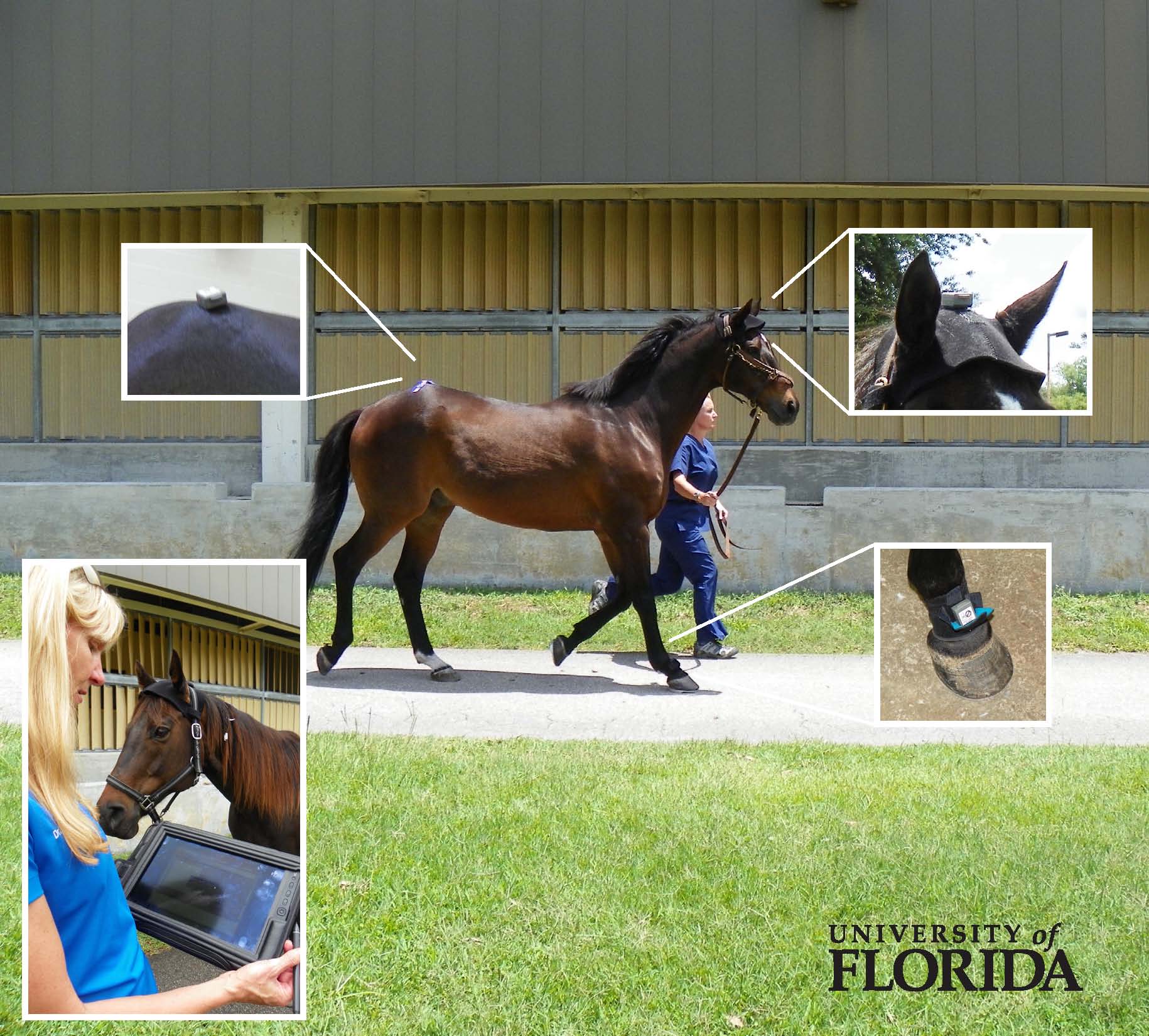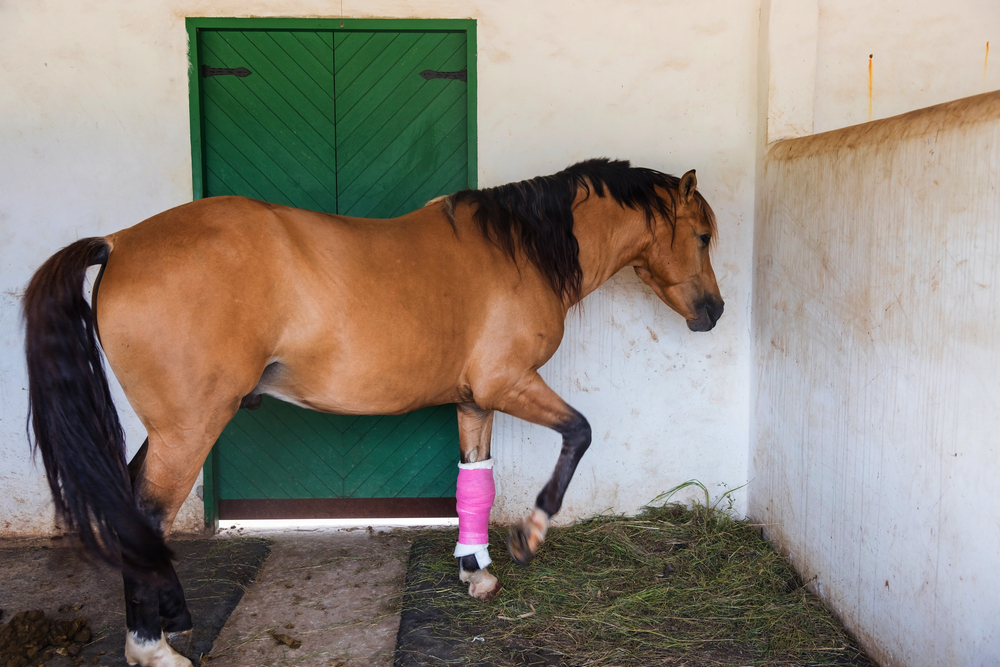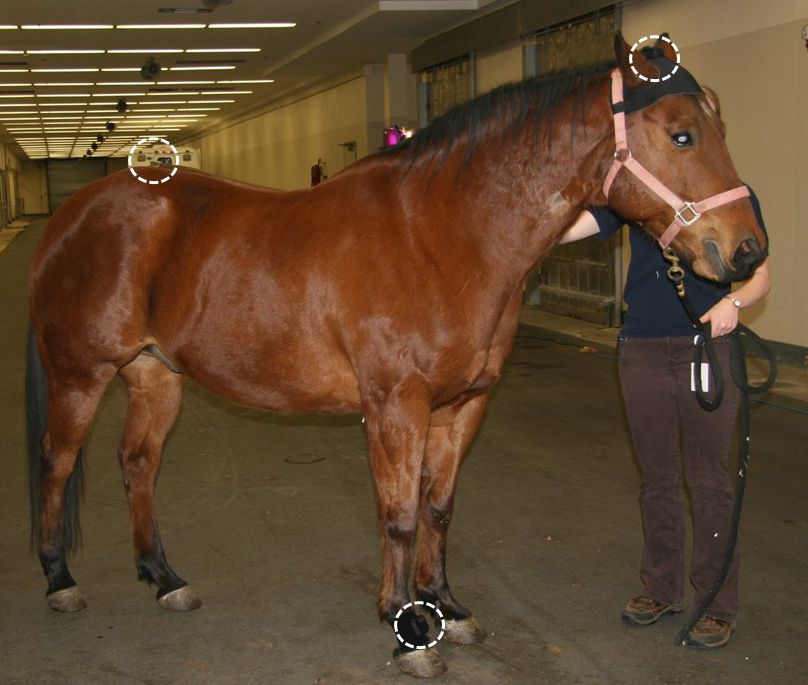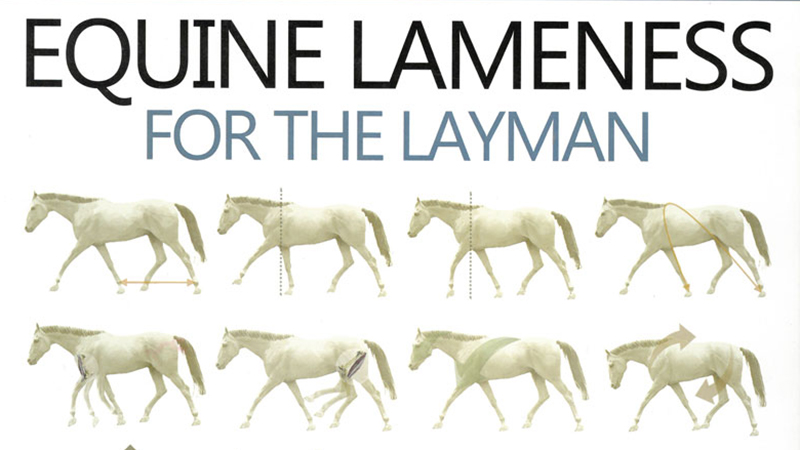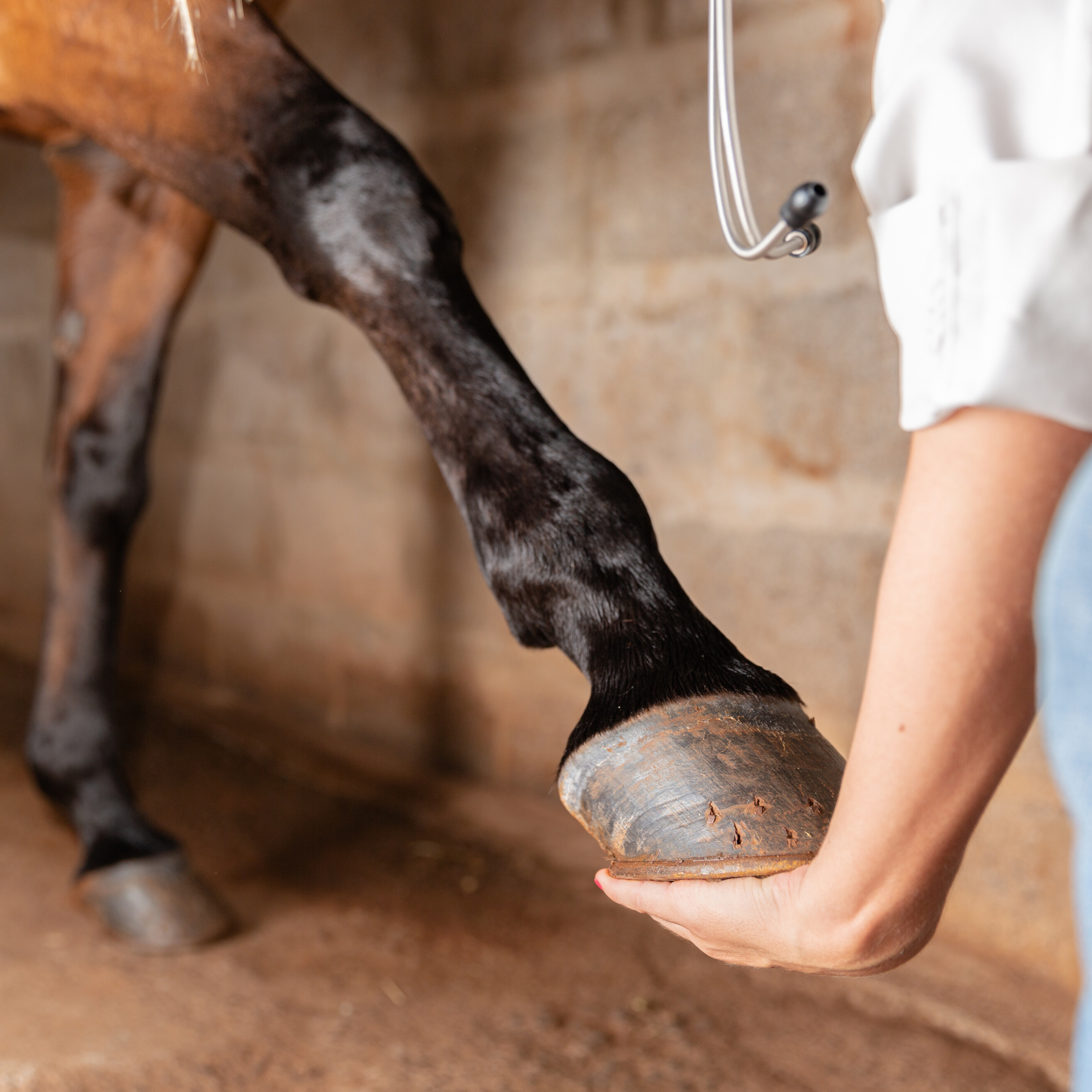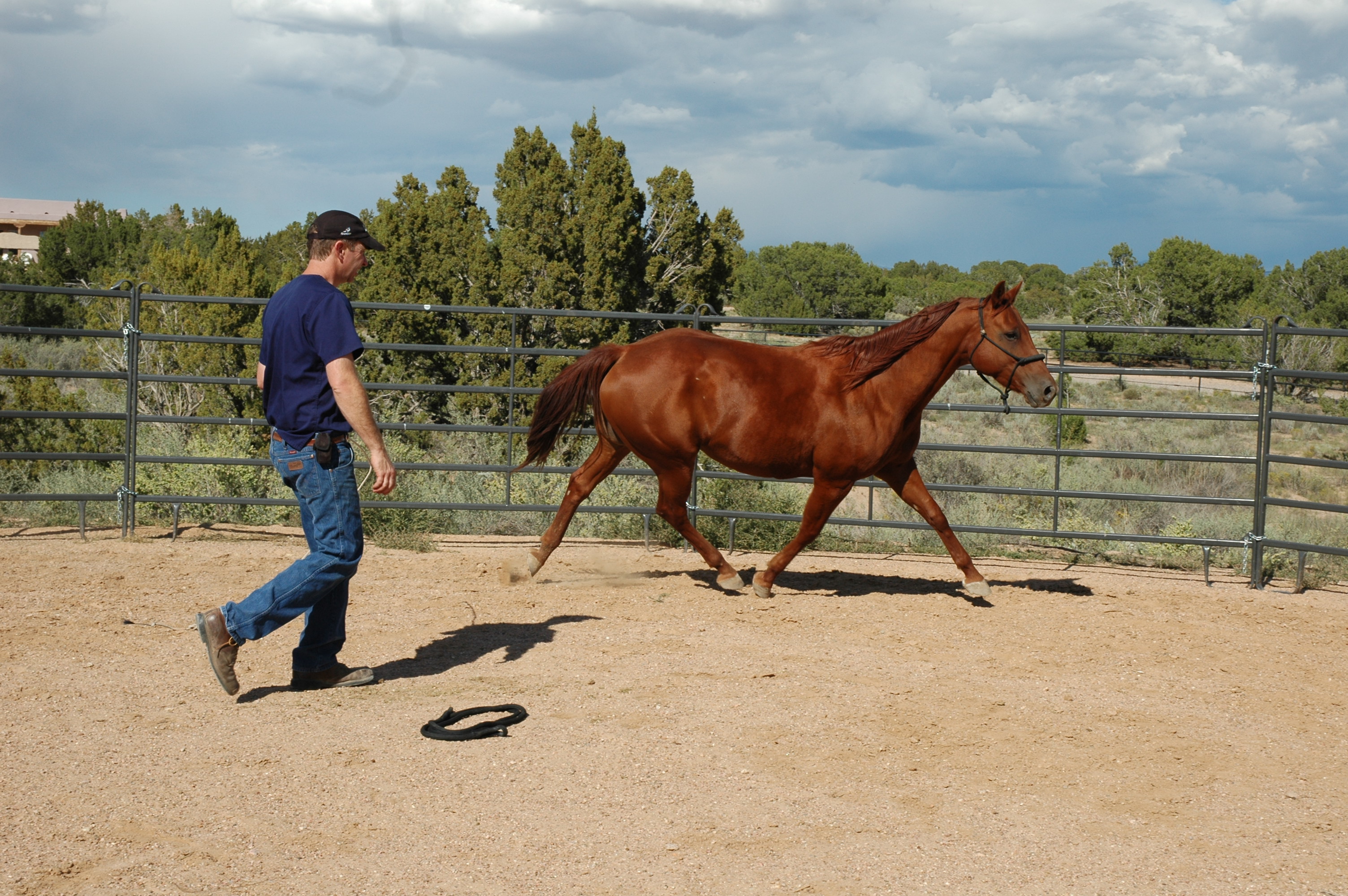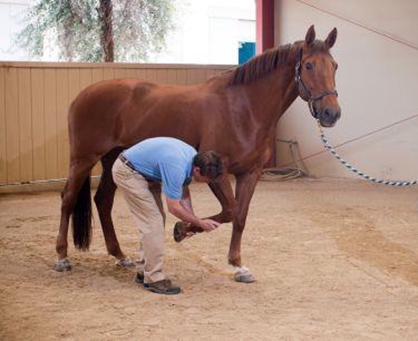Build A Info About How To Detect Lameness In Horses

If your veterinarian suspects hind limb lameness in your horse, they will carry out a series of diagnostic tests.
How to detect lameness in horses. The ridden horse pain ethogram (rhpe) was developed by sue dyson, vetmb, phd, in 2018 to help detect lameness. Begin with the feet, since many cases of lameness begin here. Using a local anesthetic drug, the veterinarian can desensitize.
Head motion and position can be helpful when evaluating front limb lameness. Check the joints carefully for heat. It serves as a follow up video to my segment on forelimb.
This video explains several different ways to help you determine the source of a hindlimb lameness. These analgesic techniques are perhaps the most important tools used to identify the location of lameness. Using mri to detect lameness in horses.
Lameness can be detected by turning the horse making a small circle jogging towards the target. Know the observations that might suggest those conditions. Nerve/joint blocks (anesthetics) can be administered into the hoof to cause numbness in a.
Horses use their heavy head and neck to control the amount of weight delivered to each front limb. Lameness it is not always an easy matter to locate lameness or even to tell which leg is the cause of the trouble. If not, there are a few more things your vet can try to detect the cause of lameness in a horse.
June 1, 2020 by kentucky equine research staff. Pay close attention to any leg they appear to be favoring, which means they step on it gently and avoid putting weight on it. Have someone walk the horse in circles.


